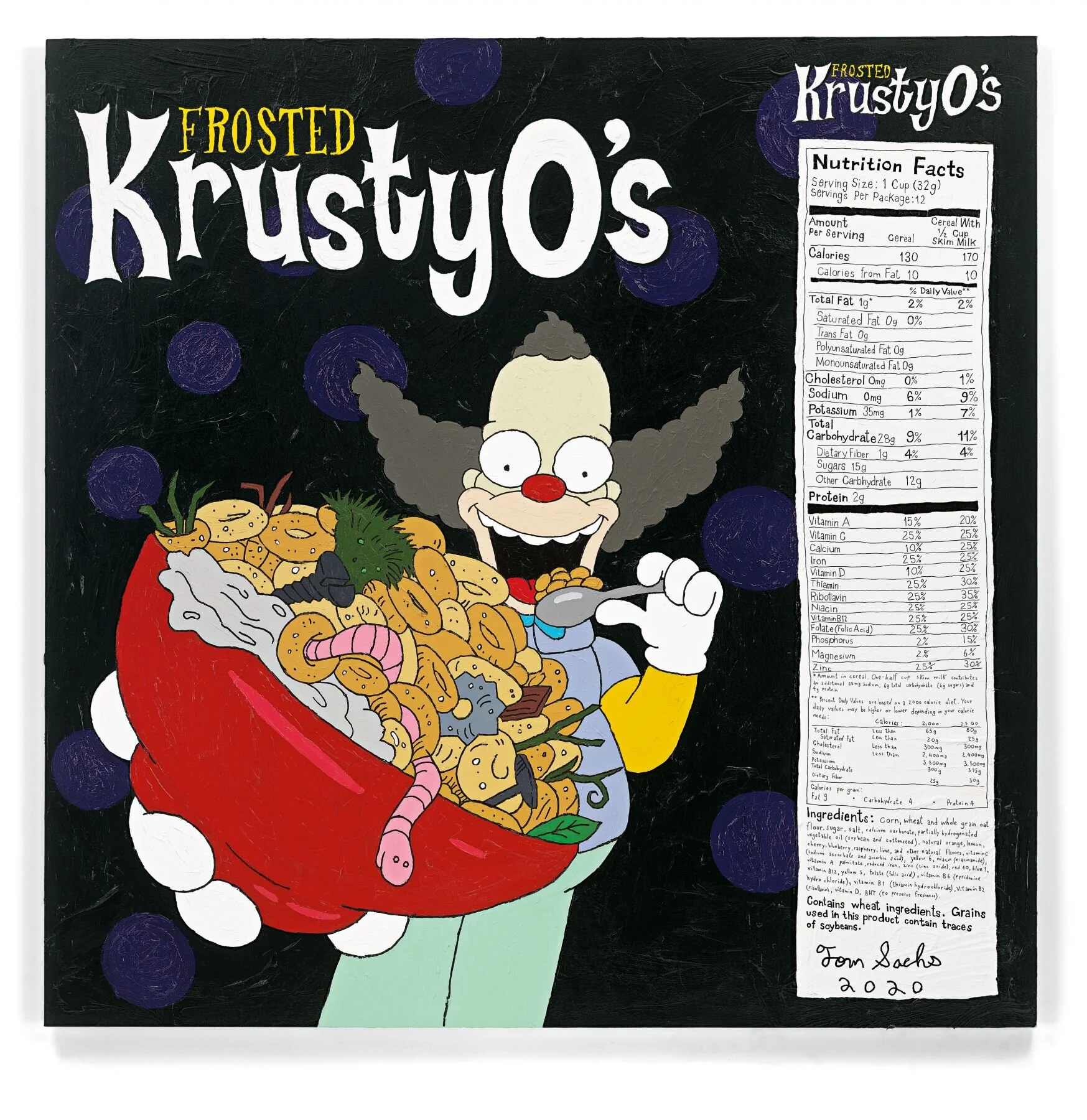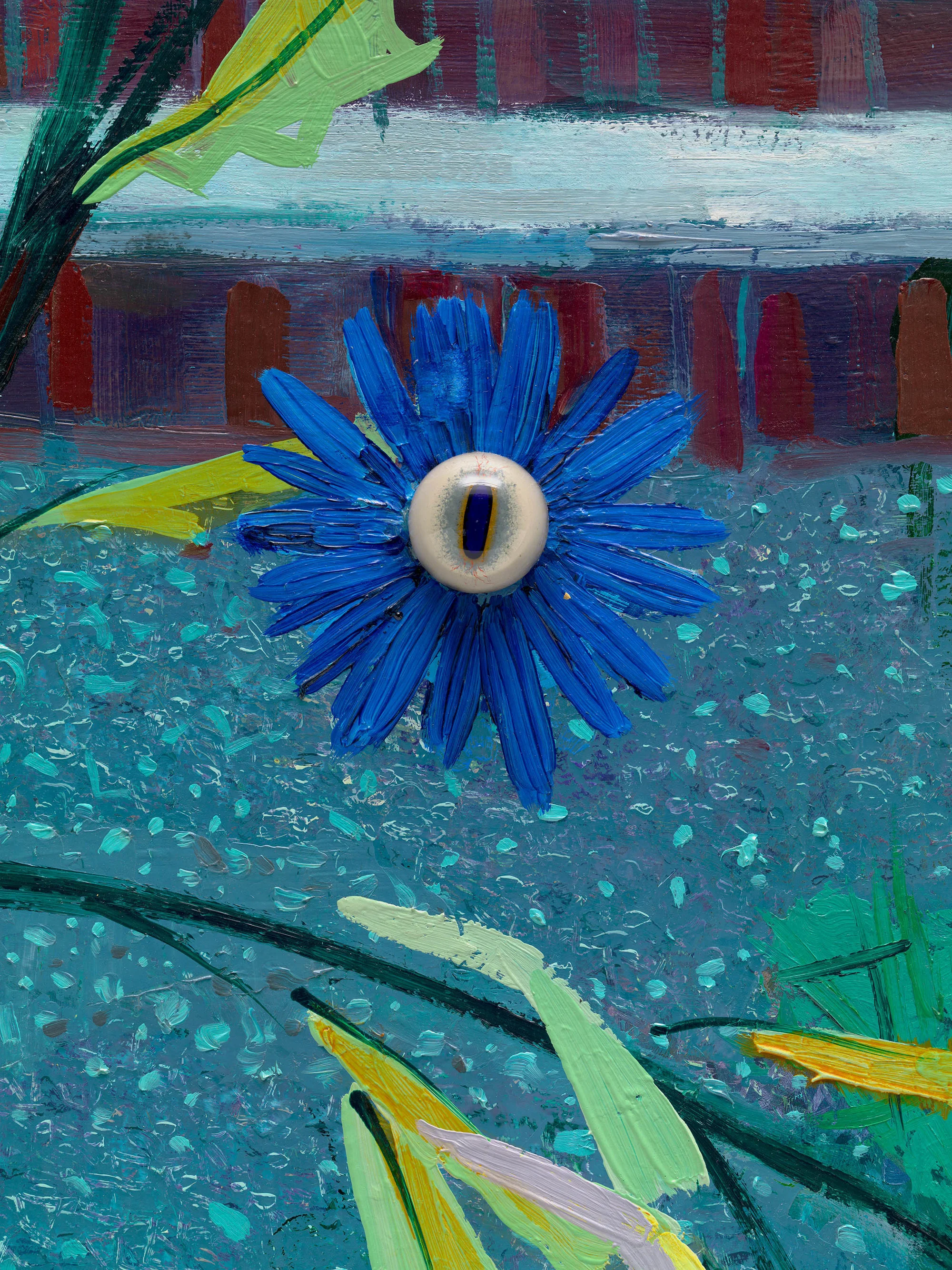Jon Serl
“No straight lines”
New York, 34 East 69th Street
The son of a vaudeville family, Serl—who was also known as Slats, Jerry Palmer, and Ned Palmer at various points in his life—acted in traveling shows as a child, took on other unconventional roles, and came to painting seriously later, in the 1940s. In 1971, after meandering through the American West, he moved to Lake Elsinore, California—just south of Los Angeles County—where he built a ramshackle home for himself and remained for the rest of his life.
Serl began painting, as he claimed, to fill up a blank wall in his home. The artist indulged in a vibrant construction of self through his creative practice as well as through his public persona, which he performed with gusto. Drawing from his own freewheeling life, Serl adopted a pictorial idiom and highly expressionistic style that embrace the spectrum between reality and fantasy; his figurative paintings depict still lifes, landscapes, and a range of everyday subject matter—an artist in the studio, a procession of chapel attendees, a couple waltzing—in bold colors and formations that appear as if presented on stage. These inventive images simultaneously reveal the scope of Serl’s myriad experiences and his deep-seated need to create, which manifested passionately in his diurnal painting practice. As Messer observes, “No straight lines is really about [the artist’s] spirit of making and the necessity to make.
No straight lines presents a range of work by Serl from all eras, encompassing a perspective shaped by the full span of the twentieth century. The paintings demonstrate an assertive style that was developed largely through the artist’s own experimentations. Serl primarily worked in oil, which he applied to wood panels, Masonite, and found objects that could withstand his forceful brushstrokes. He also squeezed paint directly onto the surface to build up thick impasto. Serl’s earlier output embraced genres such as landscape and portraiture, as seen in Look Up (1955), but at times included abstract elements that mystify what seem like simple compositions—as in Blue Poppy (1962). His later work would become more autobiographical, featuring subjects from his surroundings of Lake Elsinore, as well as from his past. Working (c. 1970–1979) features an artist at an easel, while Cockfight (c. 1960–1979) illustrates a battle between animals—likely ones that were in Serl’s own home. Serl’s practice, defined as that of an outsider artist by critics of his time, evolved over the years in which he was active. Though he fabricated a sense of naivete in his work, the paintings reveal an enhanced sense of structure and compositional balance.






